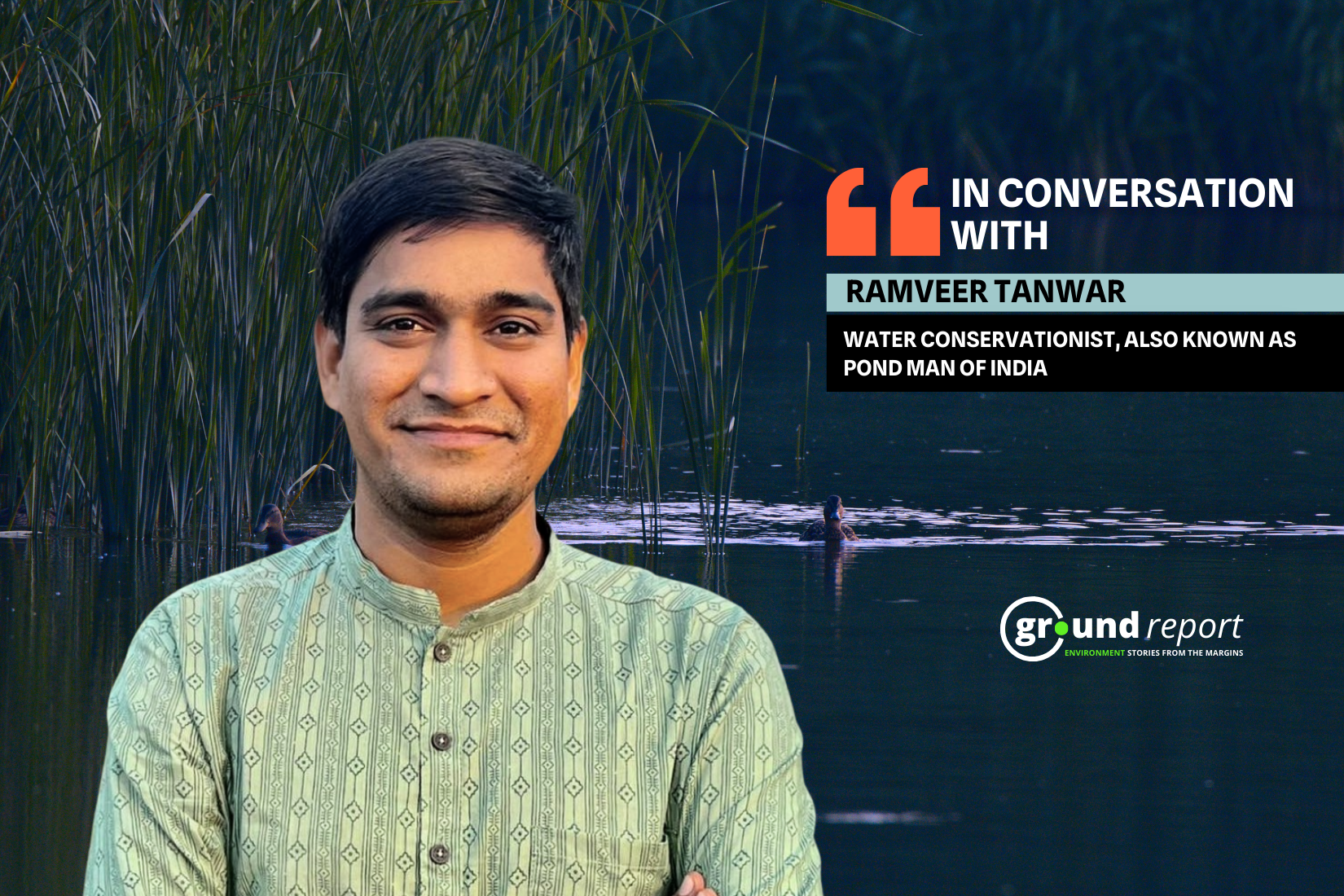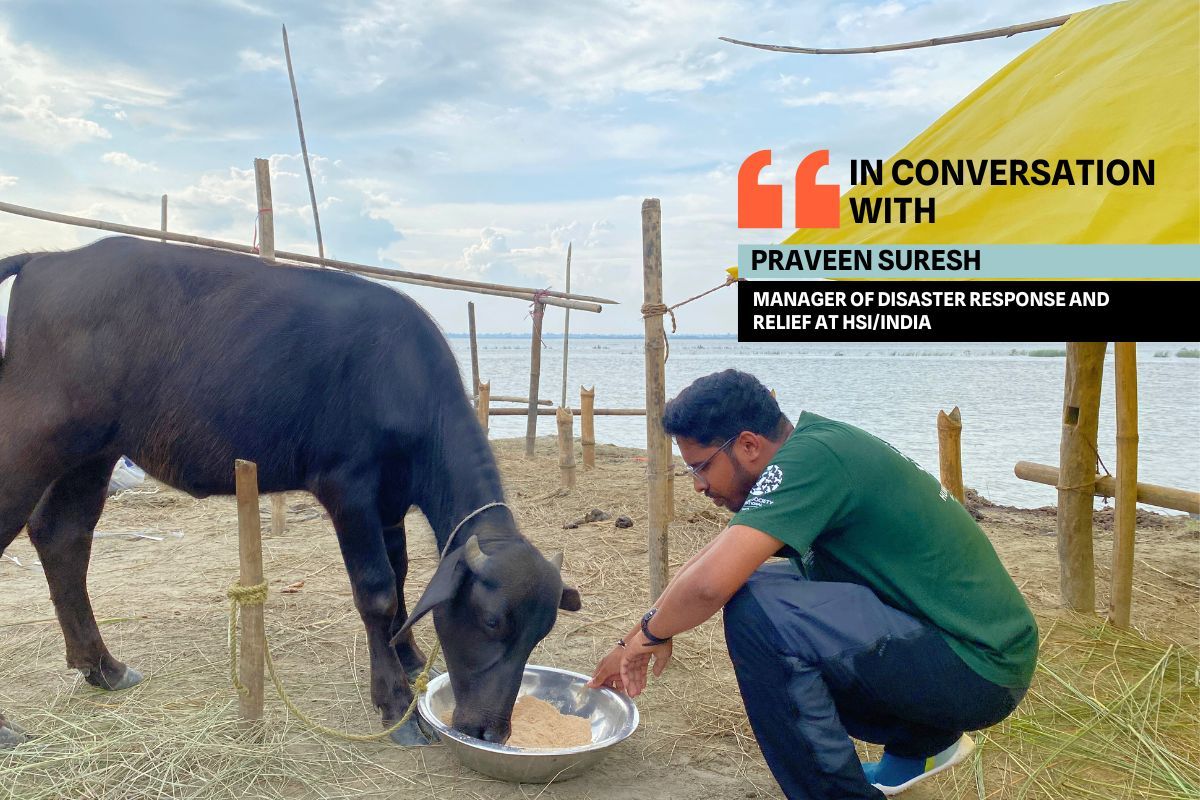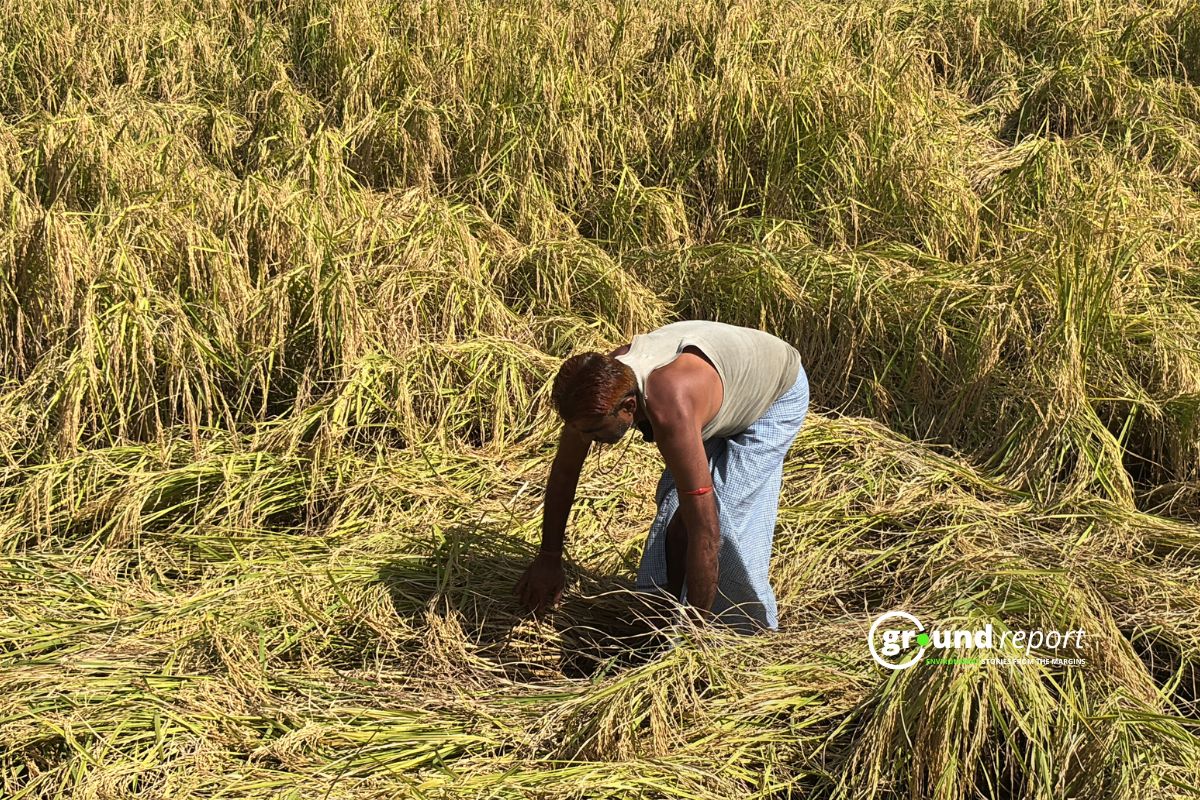The Indian monsoon is a complex phenomenon that influences the lives and livelihoods of millions of people in South Asia. Every year, the arrival of the monsoon is eagerly awaited, as it brings much-needed rainfall to sustain agriculture and replenish water resources.
The monsoon is also known for its variability and unpredictability, with droughts and floods often causing widespread damage and loss of life. In recent years, climate change has added a new dimension to the challenges posed by the monsoon, with the potential for more extreme weather events and changes in rainfall patterns.
In this interview, Ground Report speak with distinguished scientist Prof. J. Srinivasan about his research and expertise in climate science.
Dr. J. Srinivasan is a renowned climate scientist and a Distinguished Scientist at the Divecha Center for Climate Change, IISc. He has been affiliated with IISc since 1982 and was instrumental in establishing the Divecha Center in 2009, serving as its president until 2016.
With a Ph.D. from Stanford University, Prof. Srinivasan is the author of several publications and has been the lead author of the second and fourth IPCC reports on Climate Change.
His contributions to the field of climate research were recognized in 2019, when the Ministry of Earth Sciences, Government of India, honoured him with the Lifetime Excellence Award.
Excerpts from the interview
Q1 Can you explain double-diffusive convection and its relevance in the context of climate science?
A: Double-diffusive phenomena occur because salt and heat diffuse at different rates through water. This is relevant to understand how fresh water from river discharge mixes with oceanic water. I have not worked in this area. I worked on this problem 30 years ago while trying to understand how solar ponds work.
Q2: Can you tell us how monsoon patterns have evolved over time?
A: Before the advent of computers, monsoon models were qualitative and tentative. The hypothesis that the land-sea contrast in surface temperature is wrong. This is because after the start of the monsoon, the earth’s temperature drops dramatically. Therefore, during most of the monsoon season, the land surface temperature is no higher than that of the surrounding ocean. Today we know from satellite data that the monsoon is driven by net radiant energy gained from the sun during the summer.
Q3: What are some of the challenges in accurately predicting monsoon variability?
A: The forecast for monsoon rains according to climate models is quite good for a few days. This is because the current state of the atmosphere is known precisely through satellite data, ground-based observations, and atmospheric observations from balloons.
The forecast is less accurate after about a week because the model-simulated clouds are not accurate. This is because current climate models cannot model phenomena whose scale is less than 20 km. Clouds (which are around 1 to 10 km wide) are incorporated empirically into these models and this leads to errors in cloud and rain forecasts. This situation will improve when we have more powerful computers.
Q4 Can you discuss some of the key factors that contribute to monsoon variability, and how they interact with each other?
A: The variability of monsoon rainfall in India is influenced by several factors, including sea surface temperatures in the Arabian Sea, the Bay of Bengal, the South Indian Ocean, the Pacific Ocean, and the Atlantic Ocean. Monsoon winds also affect sea surface temperatures in these oceans, creating a complex interdependent system where the oceans influence the monsoon through sea surface temperatures while the monsoons, in turn, alter the sea surface temperature through winds.
Sea surface temperature determines the amount of water vapor in the atmosphere, which, in turn, affects the amount of rainfall. These variations occur on different time scales, ranging from days to weeks, years, and even centuries. The continuous interaction between the land, the ocean and the atmosphere leads to the complex variability of the monsoon.
Q5 Simple climate models are often used to explore the potential impacts of climate change. What are some of the key assumptions that go into these models, and how accurate are their predictions?
A: Since monsoon is a complex system we need simple models to understand the variability of the monsoon rainfall. Simple climate models are designed to provide a simplified understanding of the Earth’s climate system. They typically make certain assumptions about factors such as atmospheric composition, ocean circulation, and radiative forcing to predict the potential impacts of climate change.
However, due to their simplified nature, these models cannot accurately capture all the complexities of the climate system and their predictions may have limitations in terms of accuracy. Simple models are useful for obtaining information on the general behaviour of the climate system and for exploring the potential impacts of different climate change scenarios.
Q6 Can you describe some of the ways in which satellite meteorology has improved our ability to monitor and understand climate patterns?
A: Satellite technology has greatly improved our ability to monitor and understand weather patterns. By enabling us to locate clouds and storms over the oceans, satellite data has increased the accuracy of cyclone track predictions and saved countless lives. For example, in 1979, before the use of satellites in India, a cyclone struck Andhra Pradesh, causing the loss of many lives. With satellite technology, such disasters can be better anticipated and mitigated.
Q7 How has climate change impacted India in recent years, particularly in terms of monsoon variability?
A: Climate change has had a significant impact on India in recent years, particularly in terms of monsoon variability. Due to global warming, extreme rainfall events with rainfall greater than 100mm/day have increased by 50% in the last 50 years.
The increase in extreme rainfall events has led to floods and landslides, causing loss of life and property damage in several parts of India. Global warming is expected to increase the frequency and intensity of extreme heat waves in the future, posing a threat to public health and agriculture.
Q8 Can you discuss the potential impact of climate change on the frequency and severity of monsoons in India?
A: Our ability to predict how monsoons will change on account of global warming is not reliable. This is because we are not able to model complex cloud processes accurately
Support us to keep independent environmental journalism alive in India.
Keep Reading
The costliest water from Narmada is putting a financial burden on Indore
Indore’s Ramsar site Sirpur has an STP constructed almost on the lake
Indore Reviving Historic Lakes to Combat Water Crisis, Hurdles Remain
Indore’s residential society saves Rs 5 lakh a month, through rainwater harvesting
Follow Ground Report on X, Instagram and Facebook for environmental and underreported stories from the margins. Give us feedback on our email id greport2018@gmail.com.
Don’t forget to Subscribe to our weekly newsletter, Join our community on WhatsApp, and Follow our YouTube Channel for video stories.










